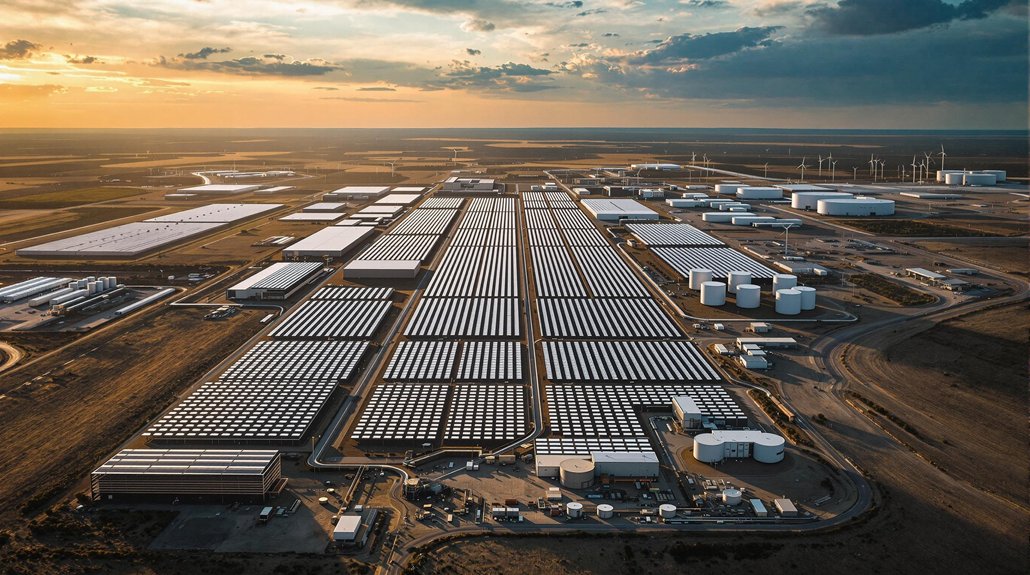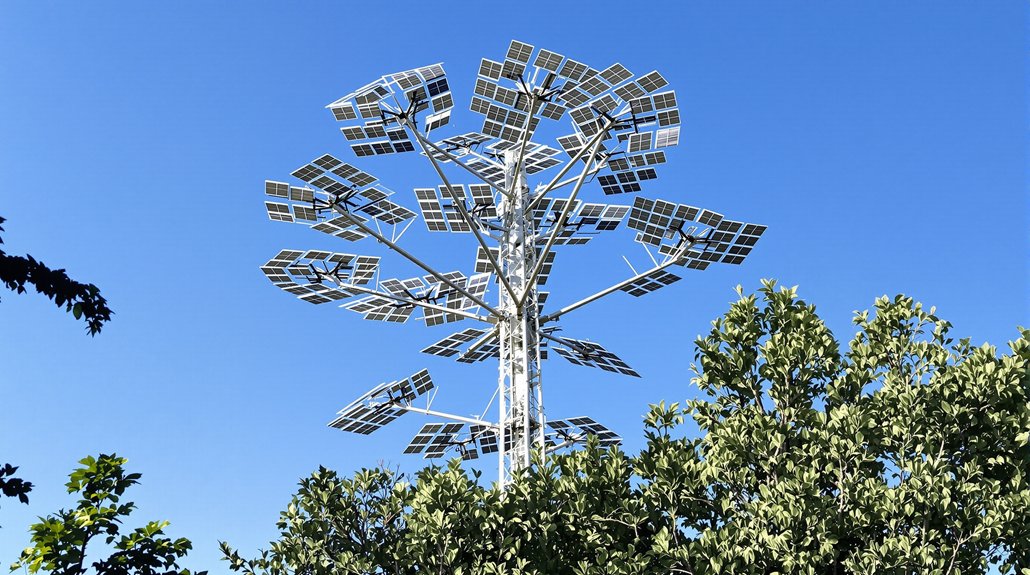While solar panels promise significant electricity bill reductions, first-year results often shock homeowners. Reality check: 50-90% bill reductions are typical, not complete elimination. Those “zero dollar” claims? Pure fantasy. Systems costing $15,000-$25,000 take seven to twenty years to pay off. Efficiency drops 0.5-1% annually, and those inverters need replacing every decade. Environmental benefits exist, but manufacturing creates its own carbon footprint. The truth lies somewhere between the hype and criticism.
As homeowners rush to slap solar panels on their rooftops in the name of saving the planet and their wallets, the reality often falls short of the sun-soaked dreams salespeople are peddling.
Solar installations boast average efficiencies of 15-20%, but that number drops by 0.5-1% yearly. Not exactly the “lifetime of savings” pitch many hear during the initial consultation.
The math sounds simple enough. A typical 5-10 kW system should generate 5,000-10,000 kWh annually. Enough to power a home, right? Not quite.
Don’t be fooled by the numbers game. Your shiny new solar array won’t deliver all those promised kilowatt-hours.
Factor in cloudy days, those pesky shade trees you love in summer, and performance hits when temperatures stray from the ideal 59-95°F range. Suddenly, that promised energy bonanza looks more like a modest contribution.
Then there’s the financial reality check. Coughing up $15,000-$25,000 upfront is no small feat, even with the 30% federal tax credit softening the blow.
The much-touted payback period? Seven to twenty years. That’s potentially two decades before breaking even. Not exactly instant gratification.
Most homeowners remain tethered to the grid anyway. Those net metering policies that allow selling excess energy back? They vary wildly by state. Some utilities are downright stingy about it.
Maintenance isn’t as carefree as advertised either. Sure, the panels might last 25-30 years, but inverters tap out after 10-15 years. Surprise replacement cost!
And nobody mentions how quickly neighborhood birds discover your expensive new poop platforms.
The environmental benefits are real enough. Each kilowatt offsets 1-2 tons of CO2 annually. But manufacturing those panels creates its own carbon footprint, and recycling programs remain works in progress.
The growing industry has created job opportunities, with solar employment having increased by 167% since 2010 and continuing to rise.
Despite these challenges, solar installations can boost home values significantly in the current real estate market, offering another economic benefit beyond direct energy savings.
Bottom line: solar energy works, but it’s no miracle solution. Homeowners typically see 50-90% reductions in electricity bills—impressive, but rarely the “zero dollar utility bill” that makes for good sales pitches.
Like most things in life, the reality exists somewhere between the doom-and-gloom critics and the sunshine-pumping idealists.








